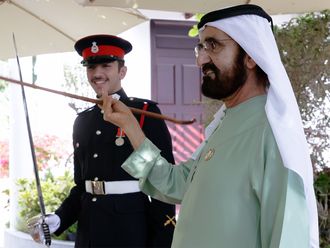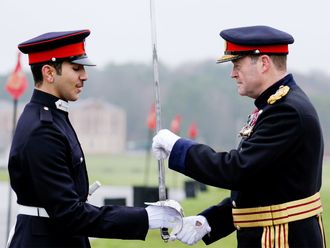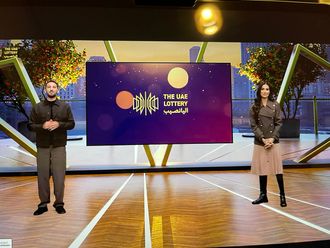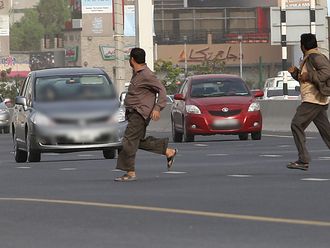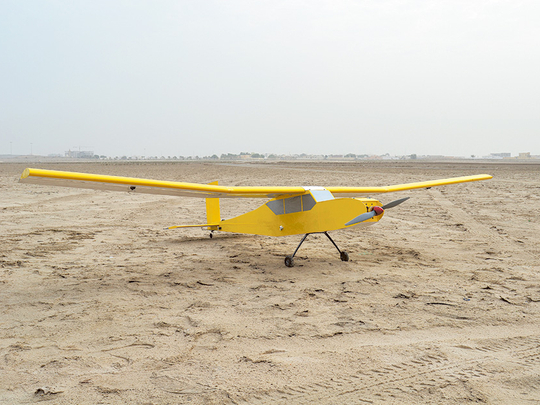
Sharjah: A team of researchers from the Department of Mechanical Engineering at the American University of Sharjah (AUS) successfully conducted the first hydrogen fuel cell-powered unmanned aerial vehicle (UAV) flight in the UAE and GCC region recently at Hamriyah in Sharjah.
Being the first of its kind in the region, the project marks significant progress made in the development of electric propulsion aircraft and long- endurance UAVs. The UAV was designed and scratch-built at AUS using available materials and was powered by renewable energy.
The AUS team was led by Dr Mohammad Gadalla, Professor of Mechanical Engineering; and comprised Sayem Zafar, lab instructor, Mechanical Engineering; John Mempin, pilot; as well as senior undergraduate students.
The UAV was powered by a single Proton Exchange Membrane hydrogen fuel cell (PEMFC) and cruised for 10 minutes at a steady speed.
Fuel cells are suitable power systems because of their high energy density which allows longer endurance. Hydrogen fuel cells create electricity by decomposing hydrogen while producing water as exhaust.
“We achieved our desired goal of designing and building a fuel cell-powered UAV, so the project was a major success,” said Dr Gadalla. “The test flight also proved that it is possible to power a UAV with a hydrogen fuel cell,” he added, explaining the aim of the project.
Currently, fuel cells can power a small UAV, as demonstrated by the test flight, providing a low-cost alternative to other power sources. Long- endurance UAVs have several applications, namely, border patrol, infrastructure inspections, surveys, rescue efforts, media and educational purposes, environmental research, and parcel or item delivery. Long endurance UAVs can also serve as a substitute to satellites. The designed UAV has proved to be a stable platform for many future aerial applications,” Zafar said.
Further tests will be conducted to test the UAV’s endurance, payload capability, and its ability to fly as an autonomous system.


